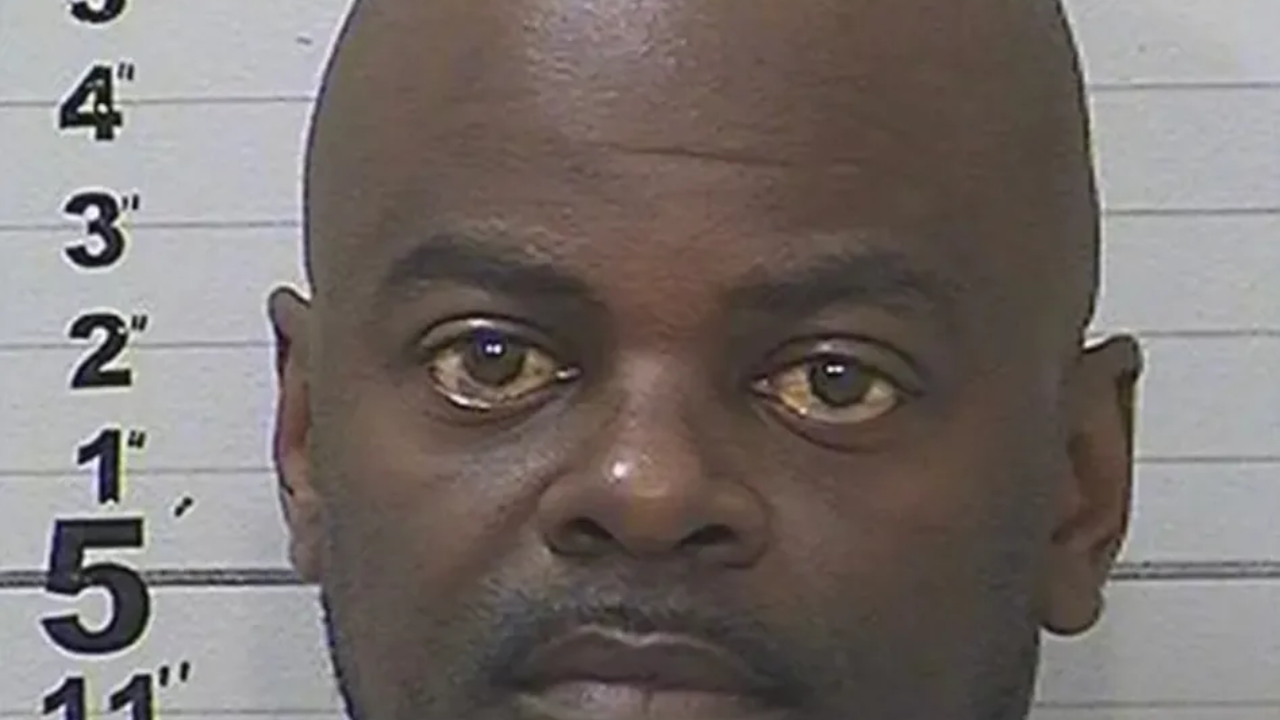Pocatello News Post – In a decision that has reverberated through the corridors of justice and public opinion in California, Patrick Goodman, a man convicted of a heinous crime against a child, stands on the precipice of freedom following a parole board’s decision to grant his release. This case delves into the brutal killing of 3-year-old Elijah Sanderson in December 2000, a crime that shocked the community and left an indelible mark on the state’s legal history.
Goodman, who was 49 at the time of the parole hearing, had inflicted a series of traumatic injuries on Elijah, resulting in broken bones and “pulverized” organs, an act of violence that the medical examiner detailed in a chilling report. The case took a significant turn when, after years behind bars, Goodman expressed remorse at a parole hearing in December, stating his desire to prove to the victim’s family and society that he had transformed from the “monster” he once was.
The parole board, swayed by his testimony and perhaps the broader considerations of rehabilitation and justice, deemed him suitable for release, a decision that has ignited a firestorm of debate. Critics of the decision, including law enforcement officials and child welfare advocates, argue that the nature of Goodman’s crime places him in a category of offenders who pose a continuous threat to public safety.
California child killer who beat 3-year-old to death to walk free unless Gov. Newsom overrules parole board https://t.co/M7kG4q2Q6f
— Fox News (@FoxNews) January 28, 2024
ead More News: The Future of Road Safety: California’s Legislative Push for Speed-Limiting Technology!
The brutality inflicted upon a defenseless child underscores a level of malevolence that, to many, is irredeemable. This sentiment is echoed by former San Francisco Police officer Britt Elmore, who emphasized the gravity of the crime and its impact on the most innocent of victims. The final arbiter in this contentious decision is Governor Gavin Newsom, whose intervention is the last barrier to Goodman’s release.
The case not only tests the boundaries of the parole system’s capacity for forgiveness and rehabilitation but also challenges society’s collective conscience on justice for the most vulnerable. As the state awaits Newsom’s decision, the dialogue surrounding this case continues to unfold, reflecting broader questions about the nature of punishment, the possibility of redemption, and the ultimate pursuit of justice in the face of unimaginable tragedy.

